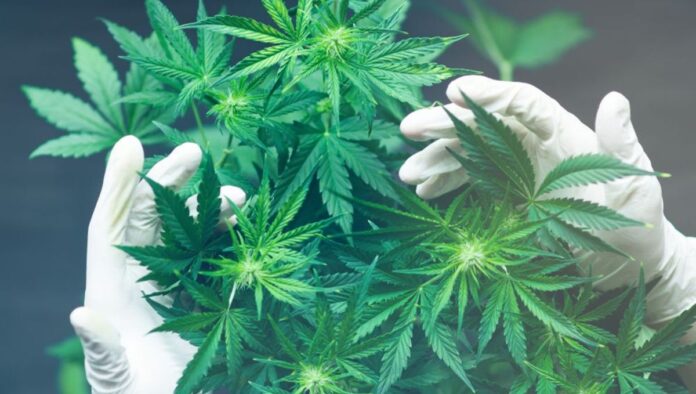
Medical cannabis, also known as medical marijuana, has been gaining increasing attention in recent years as more countries and states legalize its use for various medical conditions. This natural remedy, derived from the Cannabis sativa plant, has a long history of use for medicinal purposes dating back thousands of years.
Modern scientific research has begun to reveal the mechanisms underlying its therapeutic properties, providing insight into the potential benefits and risks associated with its use.
The Endocannabinoid System: A Crucial Biological Network
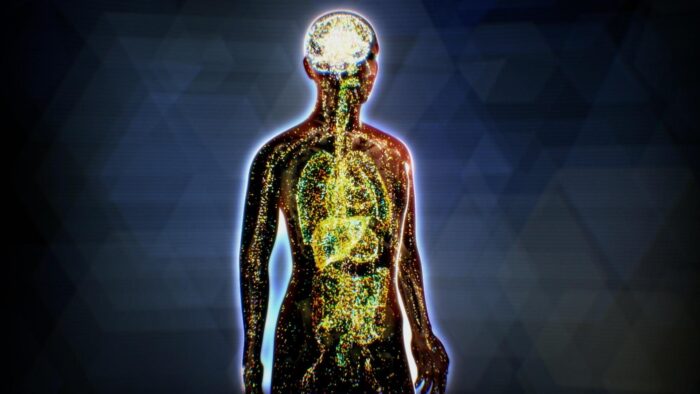
Central to the therapeutic properties of medical cannabis is the endocannabinoid system (ECS), a complex cell-signaling system present in all mammals. The ECS plays a vital role in regulating various physiological processes, including mood, pain, appetite, sleep, immune function, and more. It consists of three core components: endocannabinoids, receptors, and enzymes.
Endocannabinoids are naturally occurring compounds similar in structure to the cannabinoids found in cannabis. The two main endocannabinoids, anandamide, and 2-arachidonoylglycerol (2-AG), play a crucial role in the functioning of the endocannabinoid system.
WeGROW emphasizes the importance of these compounds and their interaction with cannabinoid receptors, primarily CB1 and CB2 receptors, which are located throughout the body. Enzymes break down endocannabinoids once they have fulfilled their function, maintaining a delicate balance within the endocannabinoid system.
Cannabinoids: The Active Components of Medical Cannabis
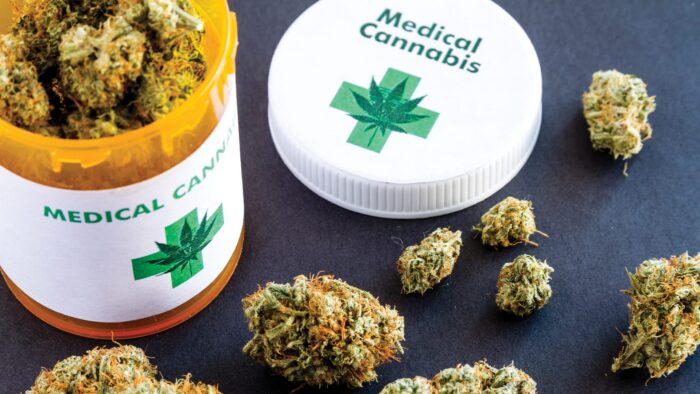
Cannabis plants contain more than 100 different cannabinoids, but the two most well-known and studied are THC (tetrahydrocannabinol) and CBD (cannabidiol).
1. THC (Tetrahydrocannabinol)
THC is the psychoactive compound responsible for the characteristic “high” experienced when consuming marijuana. It binds to CB1 receptors, which are primarily found in the brain and central nervous system. This binding leads to the release of dopamine, resulting in feelings of euphoria, relaxation, and altered sensory perception. Apart from its psychoactive effects, THC has demonstrated therapeutic potential for various medical conditions, including pain, nausea, and appetite stimulation.
2. CBD (Cannabidiol)
CBD is a non-psychoactive cannabinoid that has gained significant interest for its therapeutic properties. It interacts with both CB1 and CB2 receptors, as well as other non-cannabinoid receptors in the body. CBD has been shown to have anti-inflammatory, analgesic, anticonvulsant, and anxiolytic effects, among others.
3. Other Notable Cannabinoids
Aside from THC and CBD, other cannabinoids, such as cannabigerol (CBG), cannabinol (CBN), and cannabichromene (CBC), have shown potential therapeutic benefits. These lesser-known cannabinoids contribute to the overall therapeutic effects of medical cannabis through a phenomenon known as the entourage effect.
The Entourage Effect: Synergy Between Cannabinoids and Terpenes
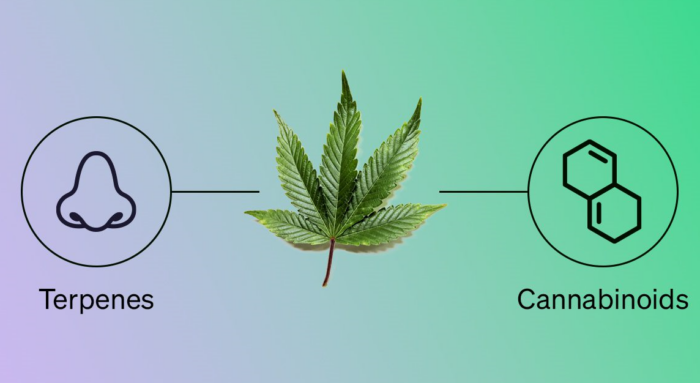
The entourage effect refers to the synergistic interaction between cannabinoids, terpenes (aromatic compounds found in marijuana), and other plant compounds. This synergy results in a more significant therapeutic effect than any single compound alone.
For instance, CBD has been shown to mitigate some of the less desirable effects of THC, such as anxiety and paranoia. Moreover, terpenes like myrcene, limonene, and pinene have demonstrated anti-inflammatory, pain-relieving, and mood-enhancing properties, which complement the effects of cannabinoids.
Methods of Administration for Medical Cannabis

There are several ways to administer medical marijuana, each with its advantages and disadvantages. The choice of method depends on the individual’s needs, preferences, and the specific medical condition being treated.
1. Inhalation
Inhalation is the most common method of consuming medical cannabis. It involves smoking or vaporizing the plant material, which allows the active compounds to rapidly enter the bloodstream via the lungs. This method provides almost immediate effects and allows for easy dose titration.
However, smoking marijuana can be harmful to the lungs, and some individuals may experience respiratory irritation. Vaporization offers a healthier alternative, as it heats the cannabis to a temperature that releases the active compounds without combustion.
2. Oral and Sublingual
Oral and sublingual administration involves consuming cannabis-infused products such as edibles, capsules, or tinctures. Sublingual (under the tongue) administration allows for faster absorption into the bloodstream.
Oral ingestion, on the other hand, offers a slower onset of effects due to the need for digestion and metabolism in the liver. This method provides a longer-lasting effect compared to inhalation, but it can be challenging to accurately dose and control the onset of effects.
3. Topical and Transdermal
Topical and transdermal applications involve applying cannabis-infused creams, lotions, or patches directly to the skin. This method is particularly useful for localized pain, inflammation, and skin conditions. Topical products generally do not produce psychoactive effects, as they do not enter the bloodstream. Transdermal patches, however, can deliver cannabinoids into the bloodstream, providing systemic relief.
4. Other Emerging Methods
As research and innovation in medical cannabis continue, new methods of administration are being developed, such as inhalers, nasal sprays, and suppositories. These novel methods aim to improve the accuracy, efficiency, and safety of cannabis-based therapies.
Therapeutic Applications of Medical Cannabis
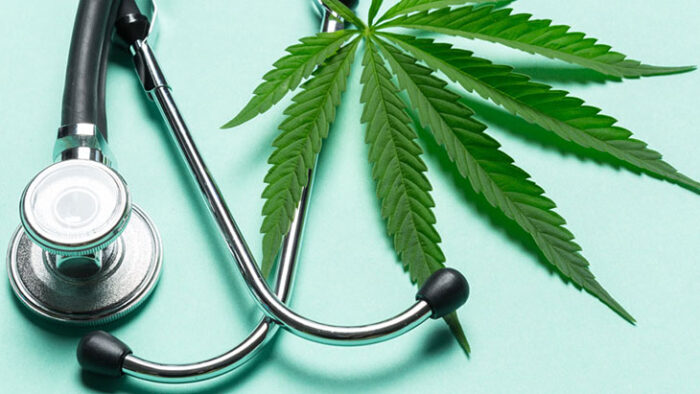
Medical marijuana has been studied for its potential therapeutic applications in various medical conditions. Here are some of the most common:
Pain Management
One of the most well-established uses of medical marijuana is in pain management. Studies have shown that cannabinoids, particularly THC and CBD, can help alleviate chronic pain associated with conditions such as neuropathy, fibromyalgia, and cancer.
Epilepsy and Seizure Disorders
CBD has demonstrated significant promise in treating epilepsy and seizure disorders, particularly in children with treatment-resistant forms of the condition. Epidiolex, a CBD-based medication, was approved by the FDA in 2018 for the treatment of two severe forms of epilepsy, Dravet syndrome and Lennox-Gastaut syndrome.
Neurodegenerative Diseases
Research suggests that cannabinoids may have neuroprotective properties, making them potentially beneficial for conditions like Alzheimer’s disease, Parkinson’s disease, and multiple sclerosis. However, more research is needed to fully understand the potential benefits and risks associated with medical marijuana use in these conditions.
Mental Health Conditions
Cannabis has been studied for its potential role in treating mental health conditions such as anxiety, depression, and post-traumatic stress disorder (PTSD). While some patients report improvements in symptoms, the relationship between marijuana and mental health is complex and warrants further investigation.
Cancer and Cancer-Related Symptoms
Medical cannabis has shown potential in managing cancer-related symptoms such as pain, nausea, and loss of appetite. Some preliminary studies also suggest that certain cannabinoids may have anti-tumor effects, but more research is needed to confirm these findings.
Gastrointestinal Disorders
Cannabis has been used to treat gastrointestinal disorders such as Crohn’s disease, irritable bowel syndrome (IBS), and ulcerative colitis. It is believed to help alleviate symptoms like pain, inflammation, and nausea through its interaction with the endocannabinoid system.
Conclusion

The science behind medical cannabis has come a long way in recent years, and our understanding of its therapeutic properties continues to grow. While there is still much to learn, the evidence supporting the use of medical cannabis for a range of medical conditions is compelling.
As more research is conducted and regulatory frameworks evolve, the role of medical cannabis in modern medicine will likely continue to expand, offering new hope and treatment options for patients worldwide.
















